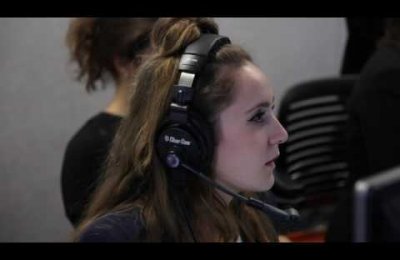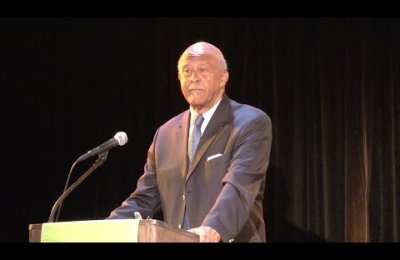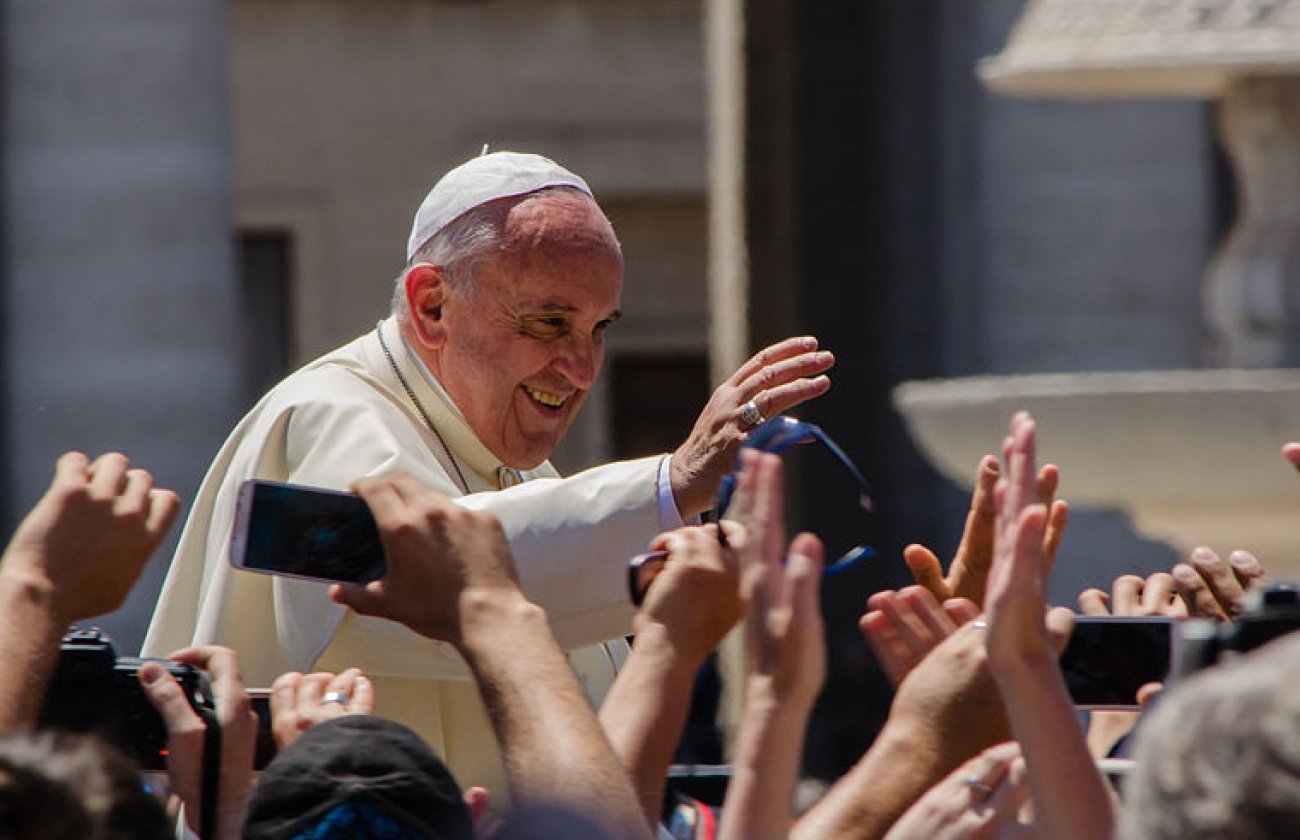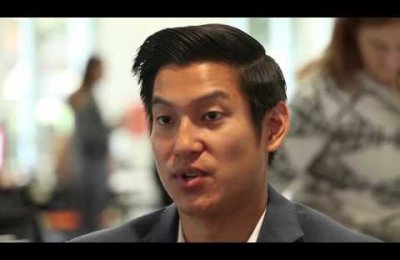Comprehensive reporting efforts on the changing landscape of American religious practice and theological thought will see significant expansion in 2015, as a result of $1.25 million in grants awarded to the USC Annenberg School for Communication and Journalism by Lilly Endowment Inc. and the Luce Foundation.
Diane Winston, USC Annenberg’s Knight Chair in Media and Religion, will direct this effort.
 The grants will fund a new editor and freelance reporting budget for Religion Dispatches, the award-winning online journalism magazine based at USC Annenberg. The magazine is one element in the Knight Chair’s ongoing effort to advance specialized reporting. Lilly Endowment awarded $1 million for a project titled “Remapping American Christianities;” and the Henry Luce Foundation awarded $250,000 to pursue “Innovating Coverage of Theology.” In addition to funding freelance reporting and a new editor, the grants will allow Winston to convene thought leaders who will help chart new directions to cover territory overlooked by other websites and print publications, Winston said. Also, the grants will support greater collaboration between editors of Religion Dispatches and the Knight Chair with students at USC Annenberg.
The grants will fund a new editor and freelance reporting budget for Religion Dispatches, the award-winning online journalism magazine based at USC Annenberg. The magazine is one element in the Knight Chair’s ongoing effort to advance specialized reporting. Lilly Endowment awarded $1 million for a project titled “Remapping American Christianities;” and the Henry Luce Foundation awarded $250,000 to pursue “Innovating Coverage of Theology.” In addition to funding freelance reporting and a new editor, the grants will allow Winston to convene thought leaders who will help chart new directions to cover territory overlooked by other websites and print publications, Winston said. Also, the grants will support greater collaboration between editors of Religion Dispatches and the Knight Chair with students at USC Annenberg.
“The next generation of reporters should understand the importance of religion in the daily lives of Americans and learn how ordinary people look for and find meaning, identity and purpose,” Winston said. The Endowment grant for “Remapping American Christianities” aims to take a fresh look at Christianity’s increasingly diverse expression in the United States, Winston said. As diversity continues to increase, the old, monochromatic paradigm of Christianity in America no longer applies.
We’ll be looking at differences among Christians along racial, ethnic and theological lines, but also at how people come together and the new ways they express their beliefs,” Winston said. “What does it mean to be Christian in 2015, and how do you find community and identity – even outside the church?” The Henry Luce Foundation grant will fund journalism that explores how theological practices and discussions are changing in the 21st century.
“Historically, theology has taken place in ivory towers,” Winston said. “Today, especially with access to online resources, conversations happen instantaneously and globally. People are constructing religious and spiritual meaning in new and different ways – and they’re doing it not just in churches and academic settings but on TV shows, in classrooms, online and at Starbucks.”

Diane Winston
The reporting, which will be delivered via multiple platforms, also will have the advantage of the cutting-edge resources of USC Annenberg’s new Wallis Annenberg Hall. Students and editors will work alongside faculty experts and use the up-to-the-minute digital production tools of the building’s expansive Media Center. The stories will be delivered via the new multi-use audio, video and podcast studios.









